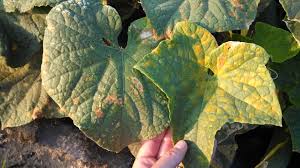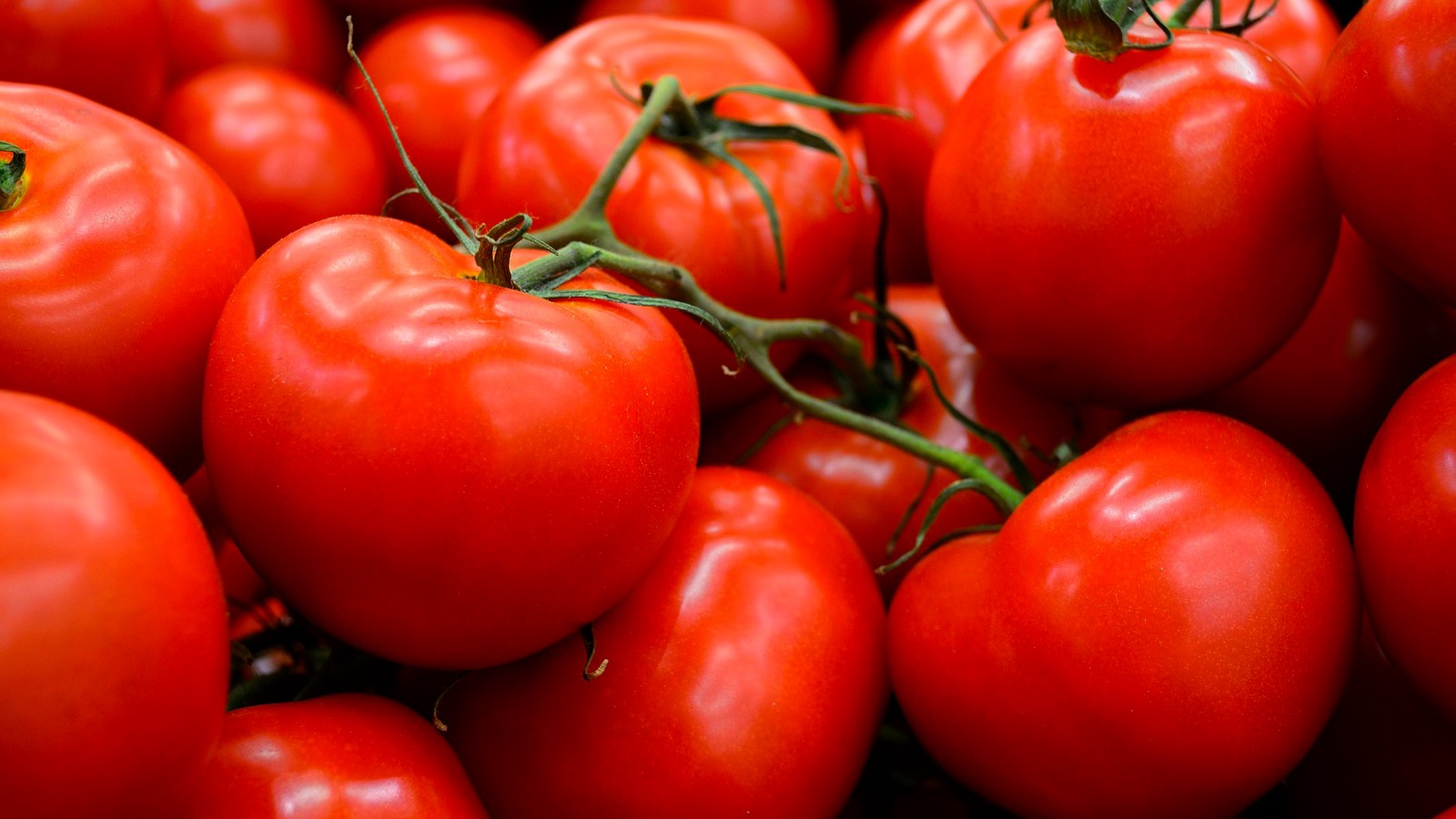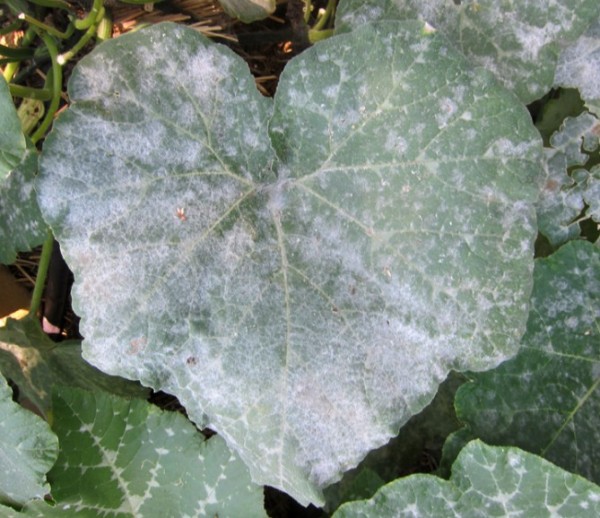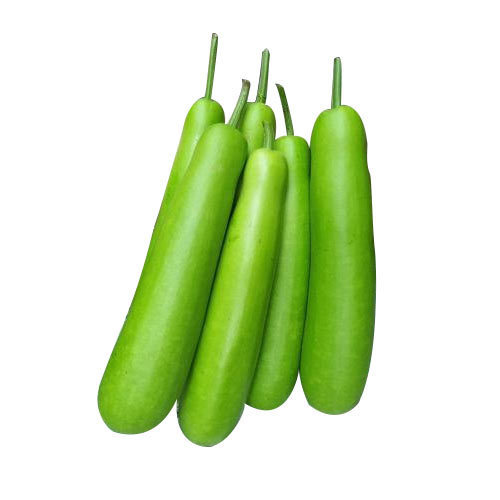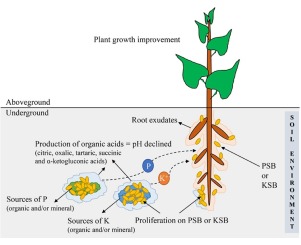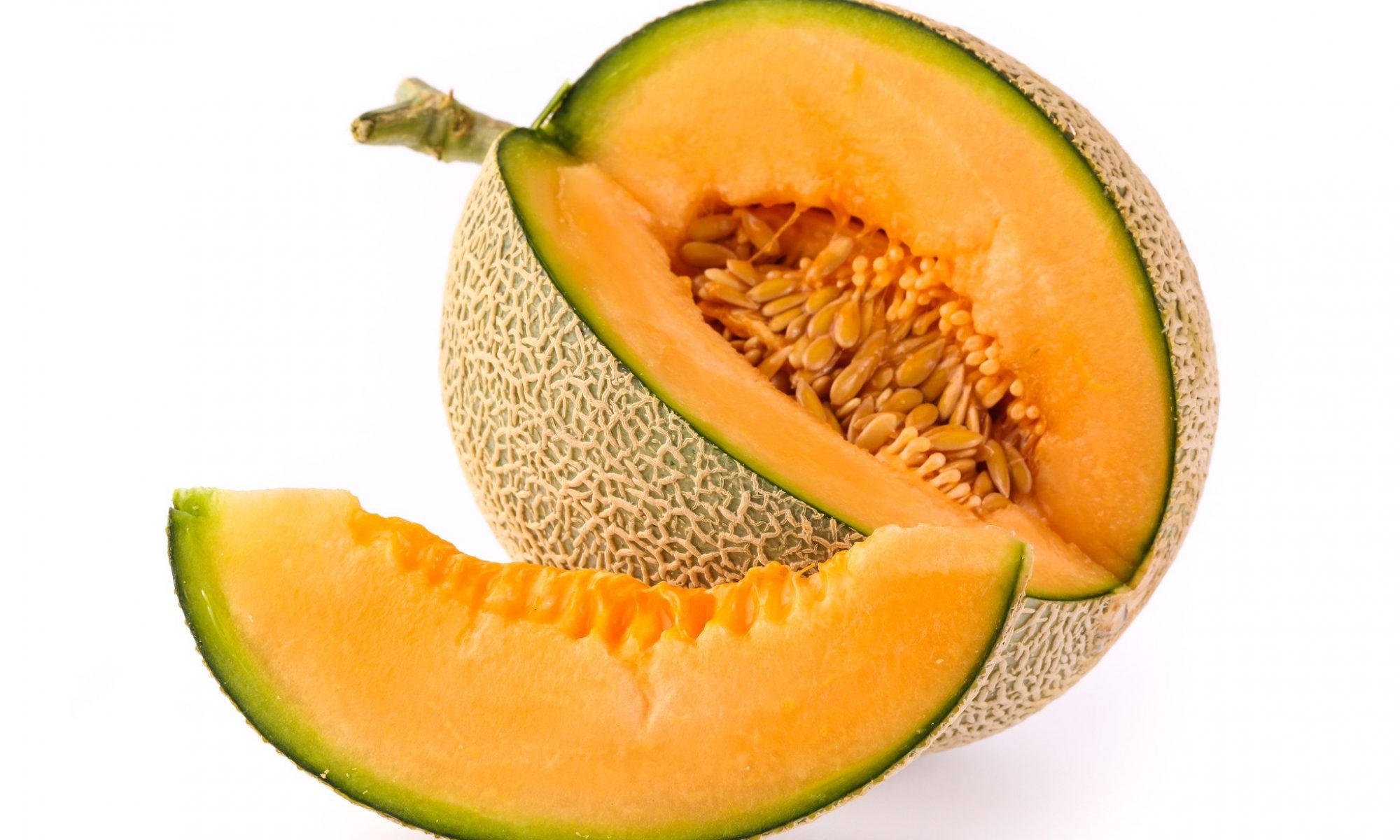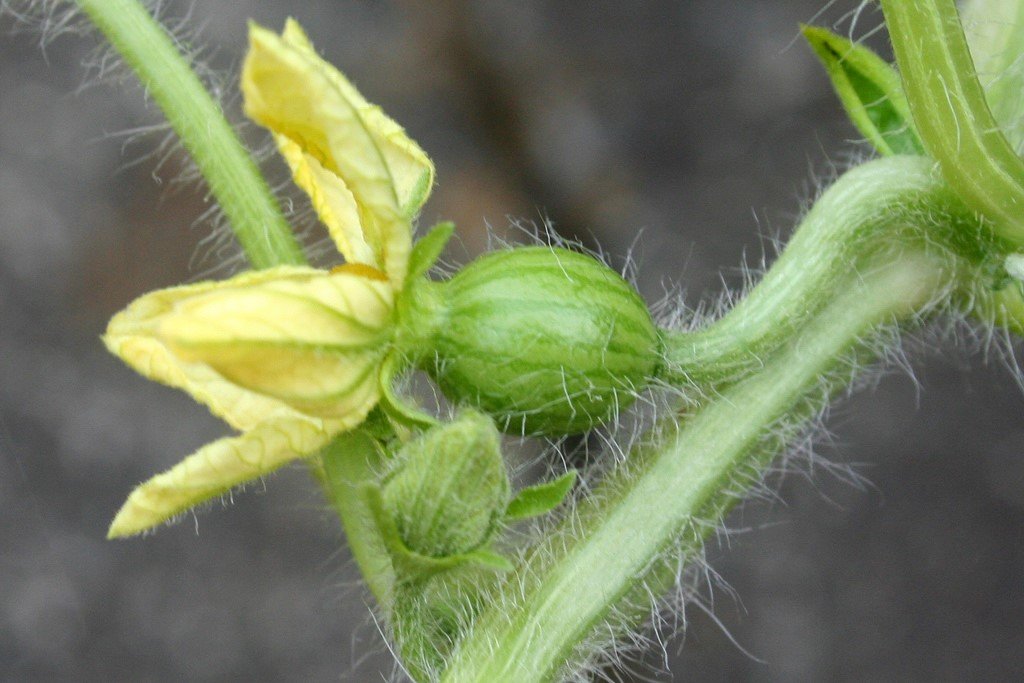- During wet season, corresponding lower surface is covered with faint purplish fungal growth.
- The entire leaf dries up quickly.
- Use of bed system with wide spacing with good drainage and air movement and exposure to sun help to check the disease development.
- Spray with Mancozeb 75% WP @ 350-400 gm/acre or Chlorothalonil 75% WP @ 200-250 gm/ acre.
Like and share with other farmers by clicking on button below
Share
